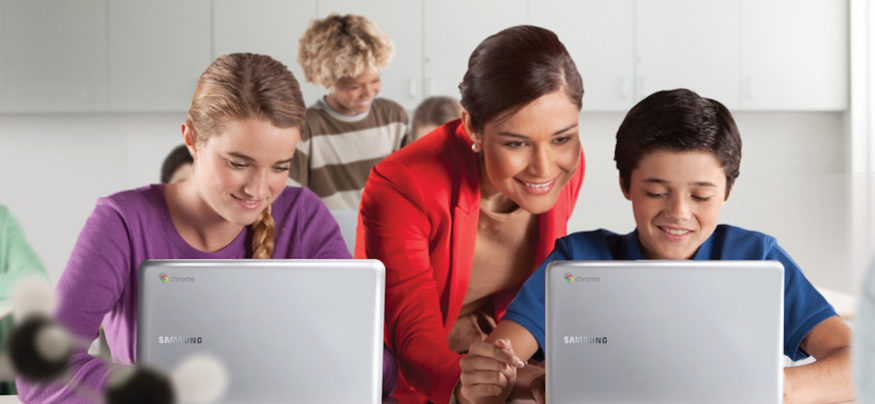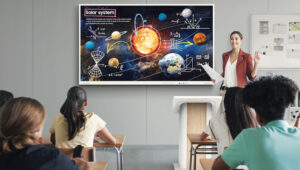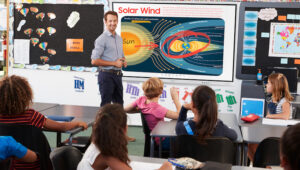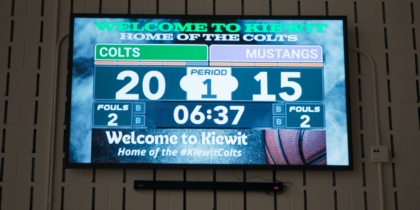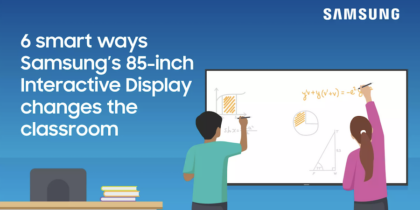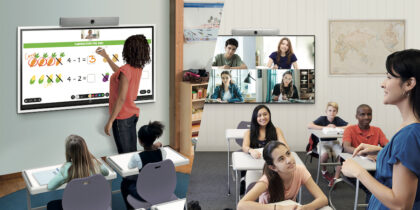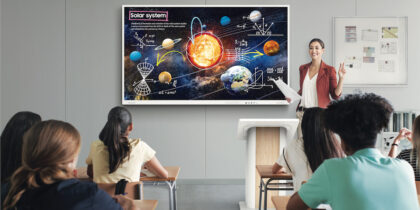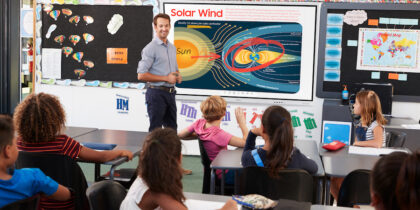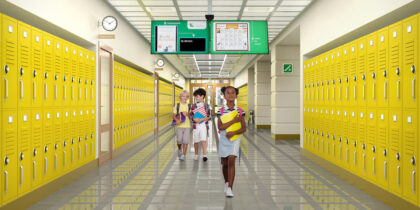In recent years, there has been a strong emphasis on increasing interest in computer science among students. This is largely a response to concerns about ongoing unemployment and underemployment in the United States, as well as projected growth in computer-science-related fields.
As part of Computer Science Education Week, many educators are joining the Hour of Code to teach their students to code and encourage them to consider pursuing further computer science education.
What Is the Hour of Code?
Code.org launched this initiative in 2013 to help promote computer science and gain more attention for Computer Science Education Week. They’ve created self-contained tutorials that even teachers who don’t know how to code can use to expose students to coding.
The tutorials are targeted at all age groups and incorporate pop culture icons such as the characters from Frozen, Star Wars: The Force Awakens, Minecraft and Monster High to appeal to both boys and girls. Teachers who need help to explain coding and programming concepts can draw from a set of volunteers who will come in and help lead the activity.
What Are the Benefits?
Even one hour of computer science education can open up a new world of employment possibilities for students, especially students who have been underrepresented in computer science fields. Alfred Thompson, a computer science teacher at Bishop Guertin High School in Nashua, New Hampshire, has seen growth in the number of girls taking his elective computer science course since his school revamped their required course to include more creative projects, rather than just application usage training.
Thompson, who serves on the education advisory council for Code.org, enjoys Hour of Code because it “breaks through a lot of misconceptions that people have. They don’t realize that software is creative and approachable.” That creative aspect, he said, is the key that has helped attract more girls to his courses.
Additionally, computer science and coding teach skills that serve all students, such as problem solving and logical reasoning. Thompson also notices that some students who struggle in traditional classes begin to see the relevance of math and language arts lessons when they’re used to create great programs and games.
How Can Teachers Participate?
Code.org offers an easy sign-up process so your event can be included on their site — and so you can enter to win some great prizes. But you don’t have to sign up to use any of the tutorials with your students or after-school clubs. Just find a tutorial that’s a good fit for your students and turn them loose with it. Students can use Chromebooks or a tablets to complete the activity, and some can even be done using smartphones. Even kindergarten students can learn basic computer science concepts by playing interactive games.
The tutorials are designed to take about an hour to complete, but Code.org offers many more resources for students who enjoy their brief glimpse of coding and want to learn more. Thompson stresses that it’s really important to know where to find those resources. Not everyone who participates is going to want to pursue computer science, he said, “but the kids that get into it will really get into it. And they’re going to want to know more.”
